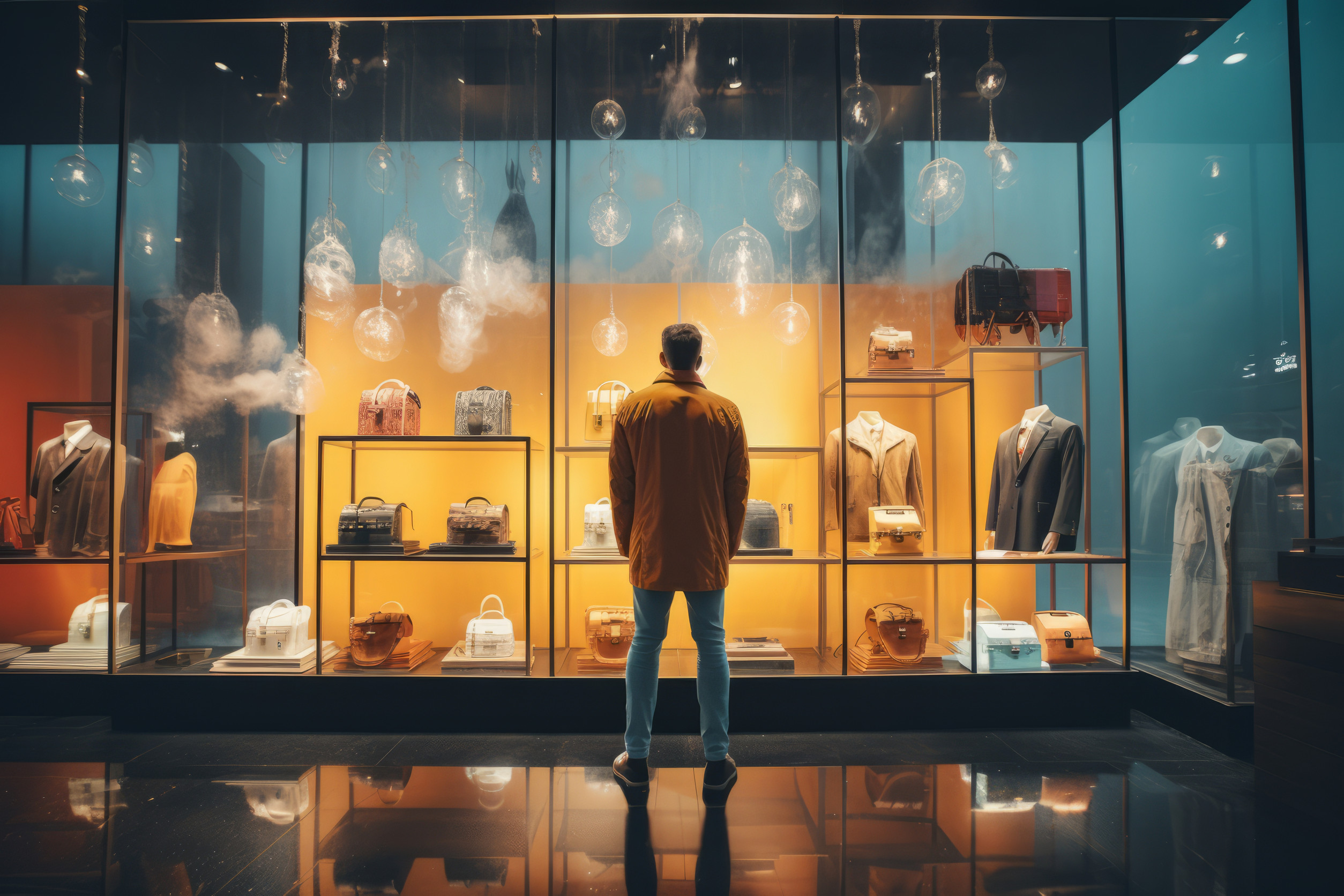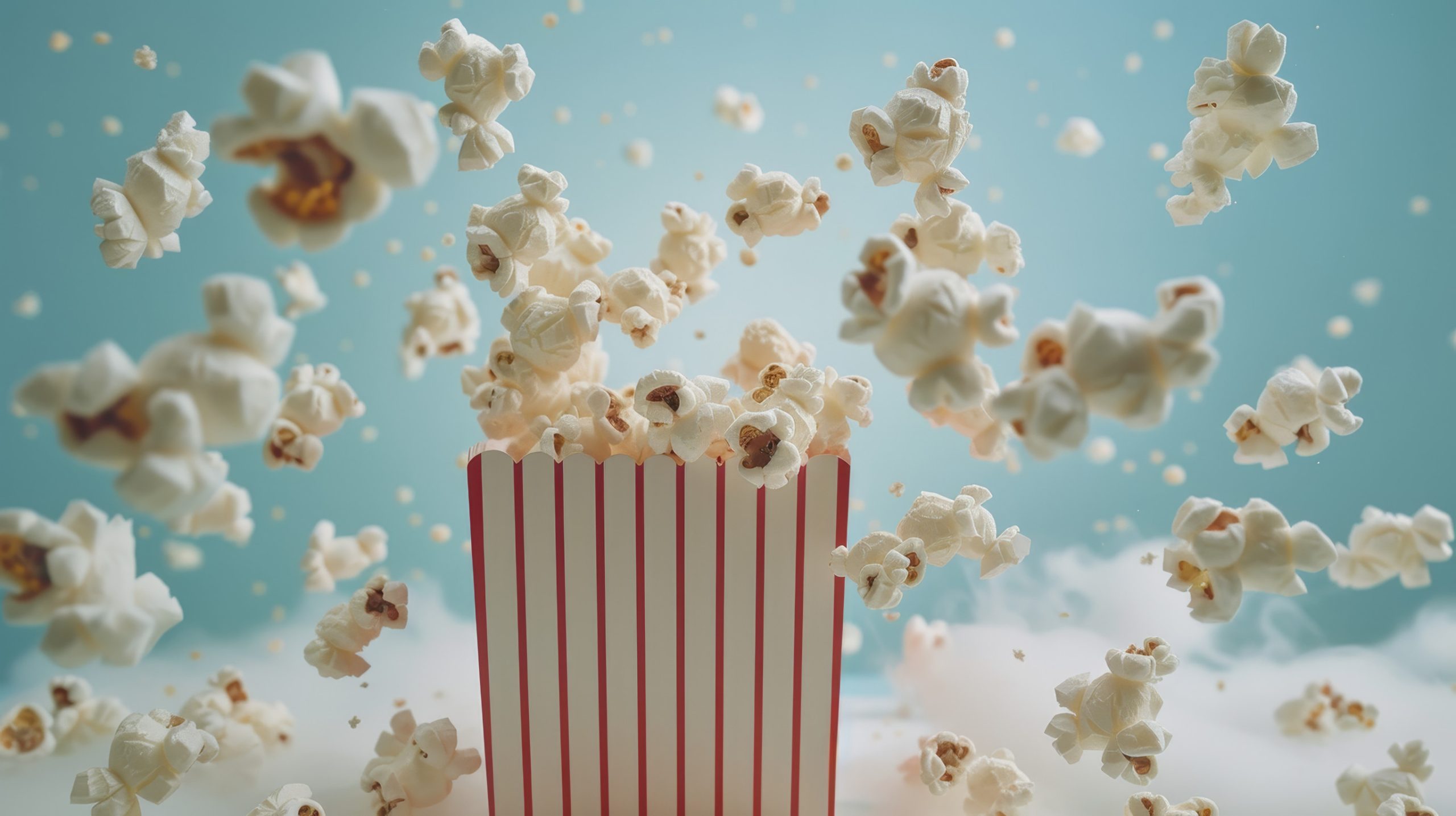Retail is a battlefield, and the price tag is the weapon. Shoppers walk into stores thinking they’re in control, but behind every “sale” sign and flashy display is a carefully calculated markup. Some of the everyday items people grab without a second thought are the ones padding retailers’ pockets the most.
The truth is, certain products carry outrageous markups so high they’d make your jaw drop if you knew the real cost. Once you see the numbers, you’ll never look at these shopping staples the same way again.
1. Designer Sunglasses
That sleek pair of shades sitting under glass doesn’t cost anywhere near what the price tag says. In many cases, designer sunglasses cost less than $20 to manufacture, yet retail shelves list them at $200 or more. The markup isn’t about the materials but the brand image and the illusion of luxury. Retailers rely on fashion hype and celebrity marketing to convince buyers that plastic frames are worth a small fortune. What you’re really paying for is the label, not the lenses.
2. Movie Theater Popcorn
Movie popcorn is the king of all snack rip-offs, and the math behind it is shocking. A tub that costs theaters less than a dollar to make is sold to audiences for $8, $10, or even more. That’s an eye-watering markup, often over 1,000 percent. Concession sales are a theater’s real profit engine, far more than ticket sales themselves. Every salty, buttery bite comes with a side of hidden revenue.
3. Bottled Water
There may be no product with a higher ratio of cost to price than bottled water. The liquid inside is often just filtered tap water packaged with a fancy logo. Production costs are pennies per bottle, but retail prices can hit $1.50 to $3.00 each.
People are essentially paying for plastic, branding, and convenience. It’s one of the most profitable products a store can stock, and customers rarely question it.
4. Wedding Dresses
Brides-to-be often brace themselves for sky-high prices, but the markups go far beyond fabric and stitching. Many gowns cost a few hundred dollars to make yet are sold for several thousand. Retailers justify the price through exclusivity, emotions, and the once-in-a-lifetime nature of the purchase. Weddings are emotional events, and stores use that vulnerability to their advantage. Behind the romance is an industry designed to cash in on dreams.
5. Printer Ink Cartridges
The humble ink cartridge might be the most expensive liquid people buy on a per-ounce basis. When broken down, printer ink often costs more than luxury perfume or even fine champagne. The reason is razor-and-blade economics: printers are sold cheaply, and companies make their profits back on consumables. Cartridges that cost a few dollars to produce can run $30 or more at checkout. It’s a brilliant business strategy, but a frustrating one for consumers.
6. Furniture
Furniture retailers are masters of markup, and the price swing is staggering. That stylish sofa or dining set can cost a store just a fraction of the retail price, sometimes less than 25 percent. A couch that costs $400 to make may end up on the showroom floor for $2,000. Shoppers assume high price equals high quality, but much of the cost is tied to overhead, branding, and commission structures. The showroom experience itself is part of what customers unknowingly fund.
7. Cosmetics
Lipstick, mascara, and face creams often carry markups so steep they border on shocking. A lipstick that costs less than a dollar to produce can retail for $20 to $30. The beauty industry thrives on packaging, marketing, and the promise of transformation.
Consumers pay for advertising campaigns, influencer partnerships, and glamorous branding far more than the ingredients inside the tube. Beauty may be priceless, but the markups definitely aren’t.
8. Textbooks
Students know the pain of shelling out hundreds of dollars for a single textbook. Yet many of those books cost only a few dollars to print and bind. Publishers argue that research, editing, and licensing justify the price, but the margins remain enormous. To make matters worse, frequent new editions render used books obsolete, keeping students trapped in the cycle. It’s an academic monopoly, and the markups are baked right into the system.
9. Coffee at Cafés
That daily latte habit comes with a much higher profit margin than most customers realize. The beans, milk, and cup may cost a café under a dollar, while the retail price is $4 or more. Multiply that by dozens of cups per day, and it’s easy to see why coffee shops thrive. What customers are really paying for is ambiance, convenience, and ritual. That little paper cup of energy might be one of the most profitable items sold anywhere.
Knowledge Is Buying Power
Every price tag has a backstory, and some of the most ordinary items come with markups that could make your wallet wince. From bottled water to wedding gowns, retailers rely on psychology, convenience, and branding to make margins skyrocket. Knowing where the biggest markups hide gives shoppers the upper hand and helps cut through the illusions of “value.” Awareness is the best defense against being quietly overcharged.
Which markup shocked you the most? Share your thoughts or drop a comment below.
You May Also Like…
7 Retail Return Policies That Are Being Used Against Customers
10 Retail Tricks That Make You Spend Without Noticing
8 Retail Outlets That Should Be Closed Down Due to Poor Customer Service
5 Everyday Memberships That Don’t Save Consumers Anything
10 Amazon Shopping Traps That Seem Legit (But Will Waste Your Money)


